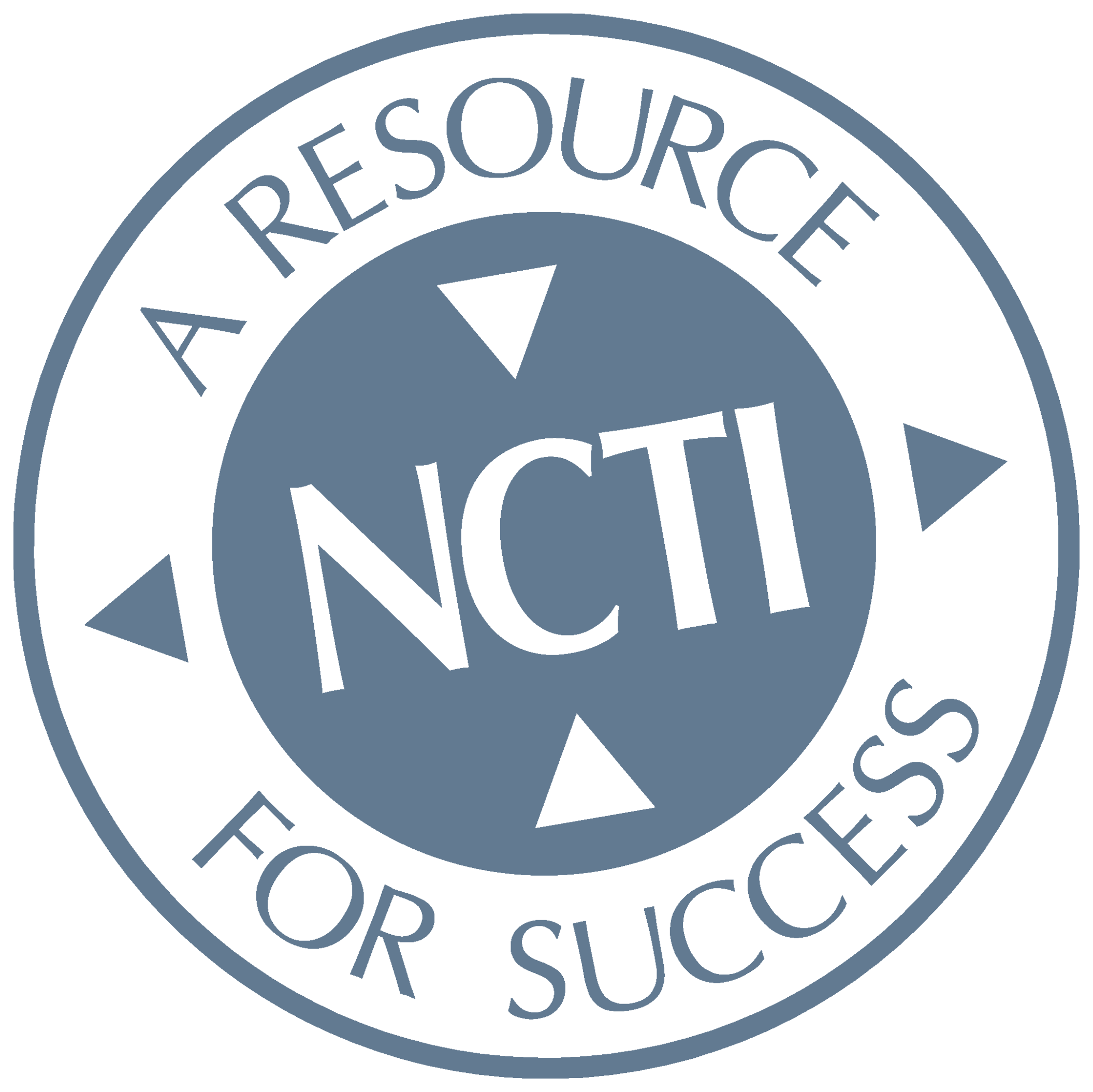Behavior Change Starts Here
Empowering individuals, strengthening communities, and driving success.
The Complete Behavior Change System is composed of five segments:
NCTI’s model of cognitive behavior change works because it focuses on the internal motivators of values and personal attitudes. Additionally, our programs:
- Are easy to implement. With a facilitator guide and workbook, all sessions are outlined step-by-step with homework included.
- Are offense-specific & risk-specific. The right programming at the right time increases the likelihood of a participant’s ability to exit supervision and reenter the community successfully.
- Are group-based. Participants are encouraged to learn from and draw positive reinforcement from each other.
- Incorporate Real Colors. This tool provides instant insight into what motivates participants and giving them common language to better understand themselves and others.
- Include tools for Case Planning and Program Fidelity. NCTI® supports you from start to finish.
- Drive individual success, positively impact families, and benefit the community.
By incorporating the National Institute of Corrections’ Eight Key Principles of Effective Interventions NCTI’s Complete Behavior Change System is the clear solution for any agency or organization looking to affect positive behavior change for their clients.
If you are ready to introduce Crossroads curricula to your participants, the first place to start is with Facilitator Certification.
